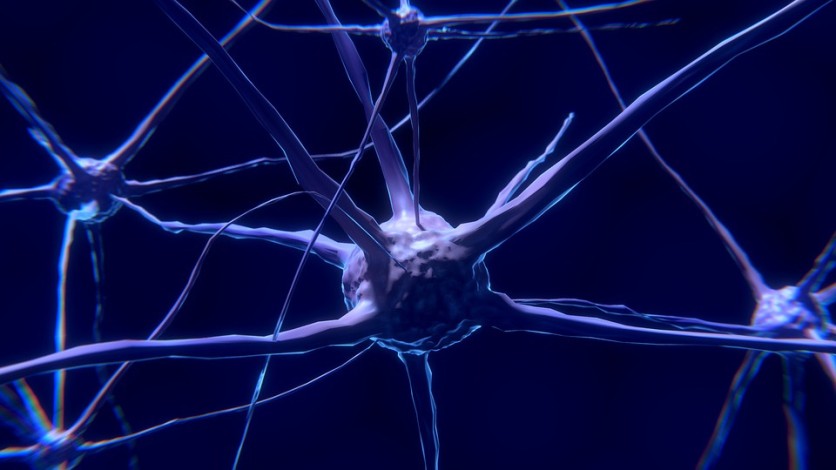Researchers from Linköping, Lund, and Gothenburg universities in Sweden have grown electrodes in living tissue by employing the body's molecules as triggers. This could pave the path for the creation of therapies for neurological disorders as it blurs the boundaries between biology and technology.

Linking Electronics to Biological Tissues
According to the research team, linking electronics to biological tissue is crucial in treating brain diseases, understanding intricate biological processes, and creating future machine-human interactions.
But conventional bioelectronics created in parallel with the semiconductor industry is challenging to link to living biological signal systems because of its fixed and static design.
Hence, the team created a technique for producing soft, substrate-free, electronically conductive materials in living tissue to get the best of both worlds of biology and technology.
The scientists were successful in growing electrodes in the tissue of zebrafish and medicinal leeches by infusing a gel containing enzymes as the "assembly molecules."
"Contact with the body's substances changes the structure of the gel and makes it electrically conductive, which it isn't before injection. Depending on the tissue, we can also adjust the composition of the gel to get the electrical process going," Xenofon Strakosas, a researcher at LOE and Lund University, said in a press release statement.
Endogenous molecules produced by the body are sufficient to cause electrode development. In contrast to other experiments, there is no requirement for genetic change or external signals like light or electrical energy. The Swedish scientists claim that they are the first in the world to accomplish this.
Viscous Gel Injection
The work opens the door for a brand-new approach to bioelectronics. In the future, a viscous gel injection may replace implanted physical devices, which were previously required to initiate electronic operations in the body.
The researchers also claim that the technique may direct the electronically conducting material to particular biological substructures, resulting in the creation of functional interfaces for nerve stimulation.
It might also be possible to create fully integrated electronic circuits inside living organisms in the long term.
The researchers successfully formed electrodes in zebrafish brains, hearts, and tail fins as well as around the nerve tissue of medicinal leeches during trials at Lund University.
The gel injection had no negative effects on the animals, and the electrode generation had no adverse effects either, according to the team.
They created electrodes that were acceptable to the immune system and brain tissue by making smart changes in their chemistry. According to Professor Roger Olsson of the Medical Faculty at Lund University, the zebrafish is a great model for research on organic electrodes in the brain.
The results may pave the path for more development in bioelectronics. Hanne Biesmans, one of the study's main authors, acknowledge that they still have many problems to resolve, but this new work may serve as a good starting point for future research.
The research team's findings were detailed in the journal Science.

![Apple Watch Series 10 [GPS 42mm]](https://d.techtimes.com/en/full/453899/apple-watch-series-10-gps-42mm.jpg?w=184&h=103&f=9fb3c2ea2db928c663d1d2eadbcb3e52)



